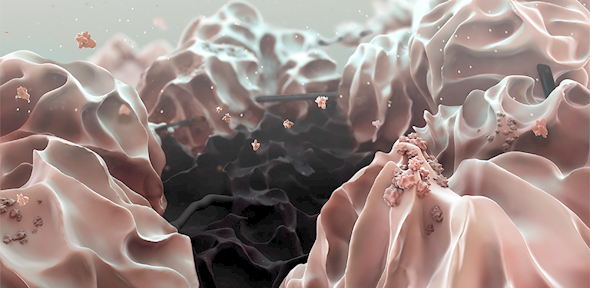Cambridge University researchers have developed a new “artificial leaf” that uses sunlight, carbon dioxide and water to directly generate “syngas,” without releasing additional CO2 into the atmosphere. As the Cambridge team reported, ‘Syngas is currently made from a mixture of hydrogen and carbon monoxide, and is used to produce a range of commodities, such as fuels, pharmaceuticals, plastics and fertilizers.” Other “leaves” have been devised, perhaps the most famous being that of Daniel Nocera, formerly at MIT and now at Harvard University. He was among the first and at the time, most successful, or the leaf producers. Note the next step he proposes at the end of the short video. Professor Erwin Reisner from Cambridge’s Department of Chemistry has been working for seven years on achieving Nocera’s desire to directly produce fuel from the elements. “You may not have heard of syngas itself but every day, you consume products that were created using it. Being able to produce it sustainably …
5X Lithium Sulfur Battery with a Gut Feeling
Bio-mimicry presents itself in aerodynamics, from the emulation of soaring bird’s wing shapes on sailplane’s surfaces to owl-feather-like trailing edges on wind turbines. We don’t often think of biological equivalents in energy storage (your editor didn’t until now, at least). But researchers at Cambridge University in England and the Beijing Institute of Technology in China have turned to the small intestine for their breakthrough in battery development. Tiny cells lining the human intestine inspired these researchers to develop a prototype of a lithium-sulfur battery that they claim could have five times the energy density of conventional lithium-ion batteries. Dr. Paul Coxon from Cambridge’s Department of Materials Science and Metallurgy says “This gets us a long way through the bottleneck which is preventing the development of better batteries.” Is That You, Villi? Villi in the gut help process food being digested, trapping nutrient particles in millions of tiny, “finger-like protrusions” which increase the absorbent surface area over which digestion takes place. …
Cambridge’s “Ultimate” Battery? Wait 10 Years and See
Cambridge University researchers claim to have successfully demonstrated how several of the problems impeding the practical development of the so-called “ultimate” battery, in this case a lithium-oxygen unit, could be overcome. They make some pretty impressive claims, saying they’ve developed a working laboratory demonstrator with “very high” energy density – comparable to that of gasoline and with greater than 90-percent efficiency, and the ability to be recharged more than 2,000 times, or 5-1/2 years with a complete cycle and recharge every day. A lithium-oxygen or lithium-air battery of this type would allow an uninterrupted drive between London and Edinburgh on a single charge, about 415 miles, over 100 miles greater than the top mileages promised by Tesla and GM at this point. Researchers add the promise of one-fifth the cost and one-fifth the weight of currently available batteries – a touchstone for electric aircraft designers, and close to the goals U. S. Energy Secretary Steven Chu asked for three years …
Suppressing Those Pesky Dendrites
Dendrites in the human body are tree-branch-like protuberances that help transmit synapses, defined as tiny transmitters and receivers for chemical messages between the cells. In this setting they are beneficial and necessary for brain and nervous system development. In batteries, however, such protuberances send mixed and negative messages that short out connections between the components of the host battery. This is a serious enough issue that it’s kept lithium-metal batteries from serious development, dendrites growing between dissimilar metals being a malady of such cells, and even causing fires that make lithium batteries a bit fearsome. The blog has reported on efforts by Berkeley Lab researchers to reduce dendrite growth. To enable visualization of these growths, Clare Grey, a professor of chemistry at Cambridge University, teamed up with NYU chemist Alexej Jerschow to develop a way of imaging batteries through magnetic resonance imaging (MRI). As Popular Mechanics explained in 2012, “These moss-like crystalline growths, called dendrites, are the bane of battery builders. …
Cambridge, MIT Chasing Room-Temperature Hydrogen
News from Cambridge University shows some promise for inexpensive production of hydrogen, an elusive process considering the lightest element in creation is also the most common, said to make up 90 percent of the visible universe. On earth, it readily combines with oxygen to form water, a handy thing to have around for the benefit of our species. Getting hydrogen out of the water so that we can burn it in our cars and airplanes is a frustrating process, though, often requiring more energy for the extraction than can be obtained from its combustion. According the National Renewable Energy Laboratory, “To make [hydrogen] usable in fuel cells or otherwise provide energy, we must expend energy or modify another energy source to extract it from the fossil fuel, biomass, water, or other compound in which it is found. Nearly all hydrogen production in the United States today is by steam reformation of natural gas. This, however, releases carbon dioxide in the …


